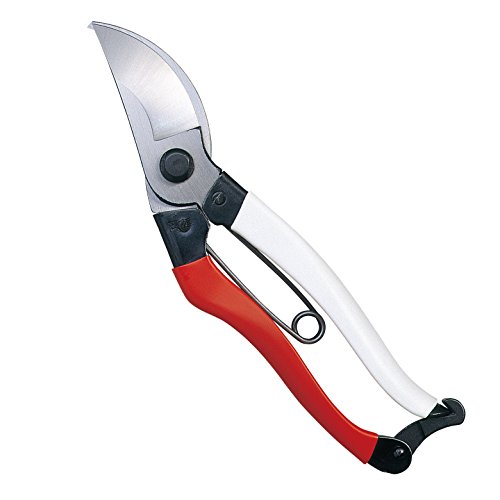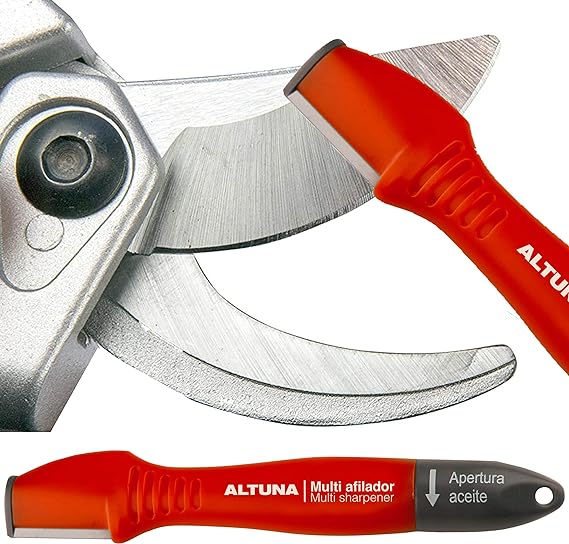7 plants to prune in May – these shrubs and perennials will flower abundantly if trimmed this month
It is time to ‘Chelsea Chop’ perennials and give spring-flowerers some TLC


Pruning shrubs and perennials in May can reward you with neater plants and tremendous future flowering displays. There is a lot to do in the garden this month, but do not overlook pruning when putting together your to-do list for May.
There is a good mix of plants to prune in May. It ranges from spring-flowering shrubs, which may need attention to stay in the best shape for next year’s blooming, to summer-flowering herbaceous perennials, which can benefit from a spring chop. While it may sound surprising, pruning the latter this month can improve your summer displays.
With all that in mind, this guide looks at seven plants to prune in May. Using my experience as a professional gardener, I reveal why each may benefit from trimming and give some tips so you avoid making pruning mistakes and your plants stay healthy to perform at their best.

Plants to prune in May – 7 top picks
If you have any of the following plants as part of your backyard ideas, consider adding them to your spring gardening checklist. They might not all need pruning this year, but check them over to see if they warrant some attention. And make sure your pruning tools are clean and sharp before considering doing any trimming.
1. Choisya
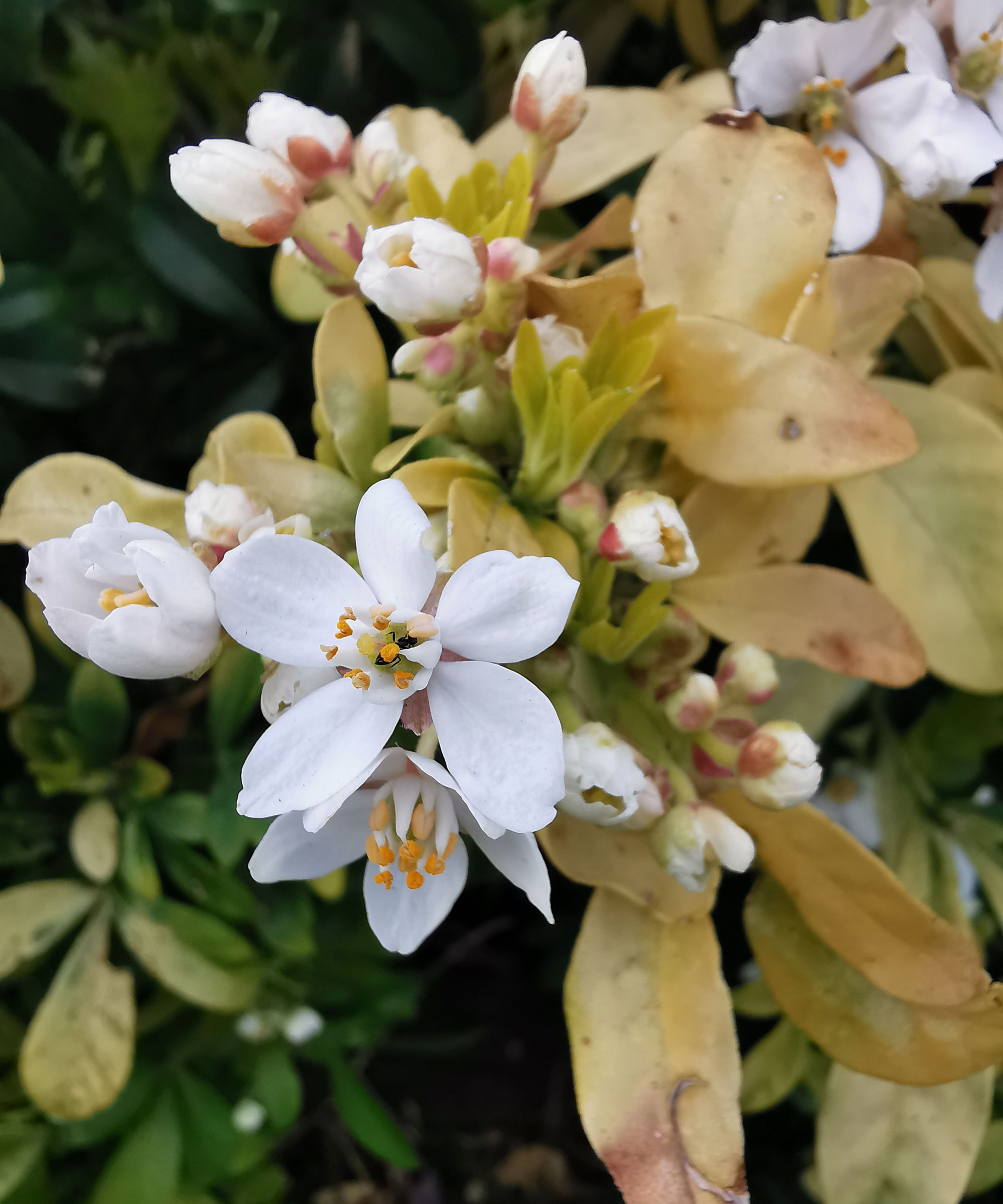
Choisya, known as Mexican Orange Blossom, is a spring-flowering shrub that produces gorgeous fragrant white flowers.
If you are growing Mexican Orange Blossom, the good news is that it does not need lots of regular pruning. However, the shrub may need trimming if it gets too large or unkempt.
If you do need to prune, the ideal time is after flowering. The shrub can tolerate hard pruning if required, but smaller-scale and more regular trimming offers a better solution to keep the choisya looking its best.
Design expertise in your inbox – from inspiring decorating ideas and beautiful celebrity homes to practical gardening advice and shopping round-ups.
Remove dead or damaged branches, and crossing stems or ones growing in unwanted directions. Gently shape the shrub by trimming back stems by up to a third.
The other bonus of gently trimming the choisya after it flowers in spring is that it may encourage a second lighter reblooming in fall.
2. Clematis Montana
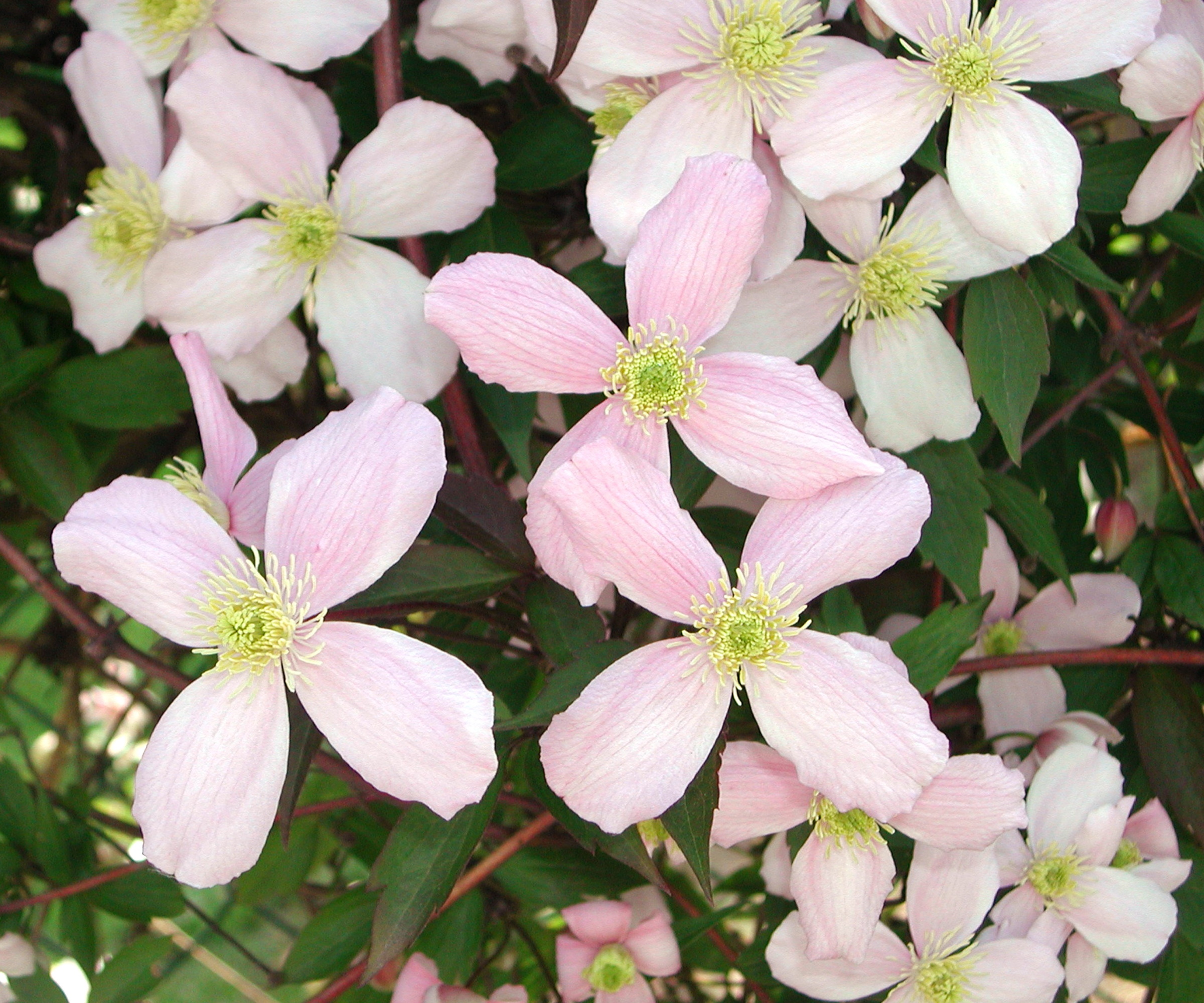
An important part of knowing when and how to prune clematis is understanding the variety you are growing. Early-flowering clematis varieties, including the ever-popular ‘Montana’, along with the likes of ‘Cirrhosa’ and ‘Macropetela’, all want to be pruned after flowering, which can be in May.
These clematis don’t need lots of pruning, but do benefit from some attention to ensure the shrub doesn’t become a tangled mess that only blooms at the top. Pruning after flowering in spring gives the plant ample time to put on new growth to carry next year’s blooms.
Remove any dead or damaged material and cut back the old stems to reshape the climber. If required, Clematis montana is a tough and vigorous variety that can handle hard pruning.
3. Hibiscus

May is the ideal time to prune tropical hibiscus if your shrubs are planted outdoors and you live in a climate with winter and early spring frosts, or if you overwinter plants indoors and are about to move them outside in spring.
Only prune once the risk of frosts has passed to stimulate new growth that can bloom come summer. As the hibiscus flowers famously only bloom for one day, encouraging more branching means more flowers to enjoy.
If you grow tropical hibiscus, only prune when the temperature is warming. It would be a pruning mistake to trim ahead of cold weather, which can cause dieback.
Pruning involves removing dead or damaged stems, thinning congested areas and weak shoots, and shaping by trimming back last season’s growth for further branching.
4. Helenium
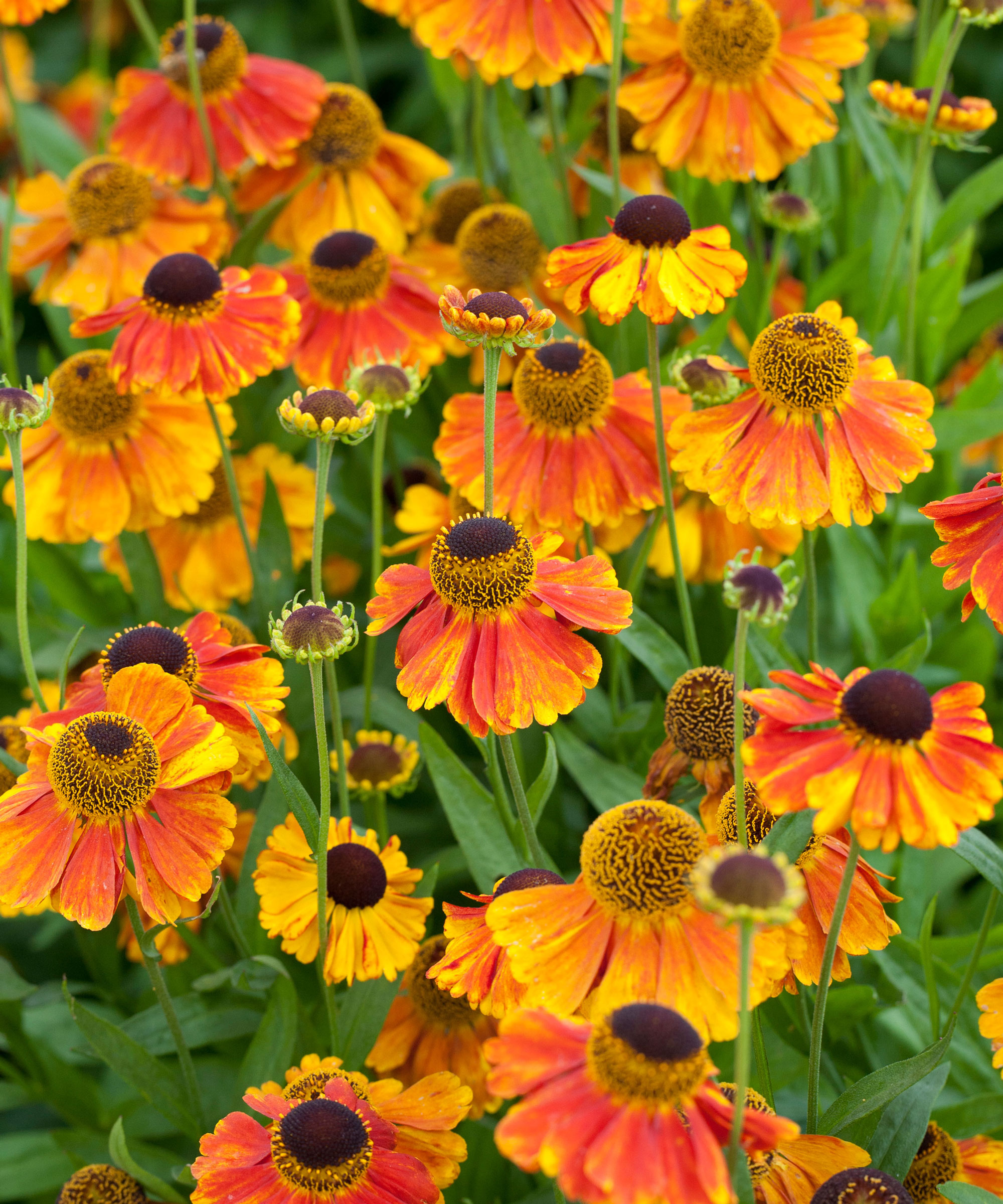
Helenium is a summer-flowering herbaceous perennial that comes in bright shades of yellows and reds, with blooms opening from midsummer onwards. It may be surprising to discover that it is a plant that can benefit from being cut back in spring.
This method of pruning, commonly known as ‘The Chelsea Chop’ in the UK, as it coincides with May’s RHS Chelsea Flower Show, involves cutting herbaceous perennials by a third to a half. It encourages neater, bushier growth with lots of side shoots to carry a bounty of flowers.
Cutting back helenium in May also removes the need to stake plants, as the usually tall perennial flowers will be more compact thanks to their spring trim.
5. Goldenrod
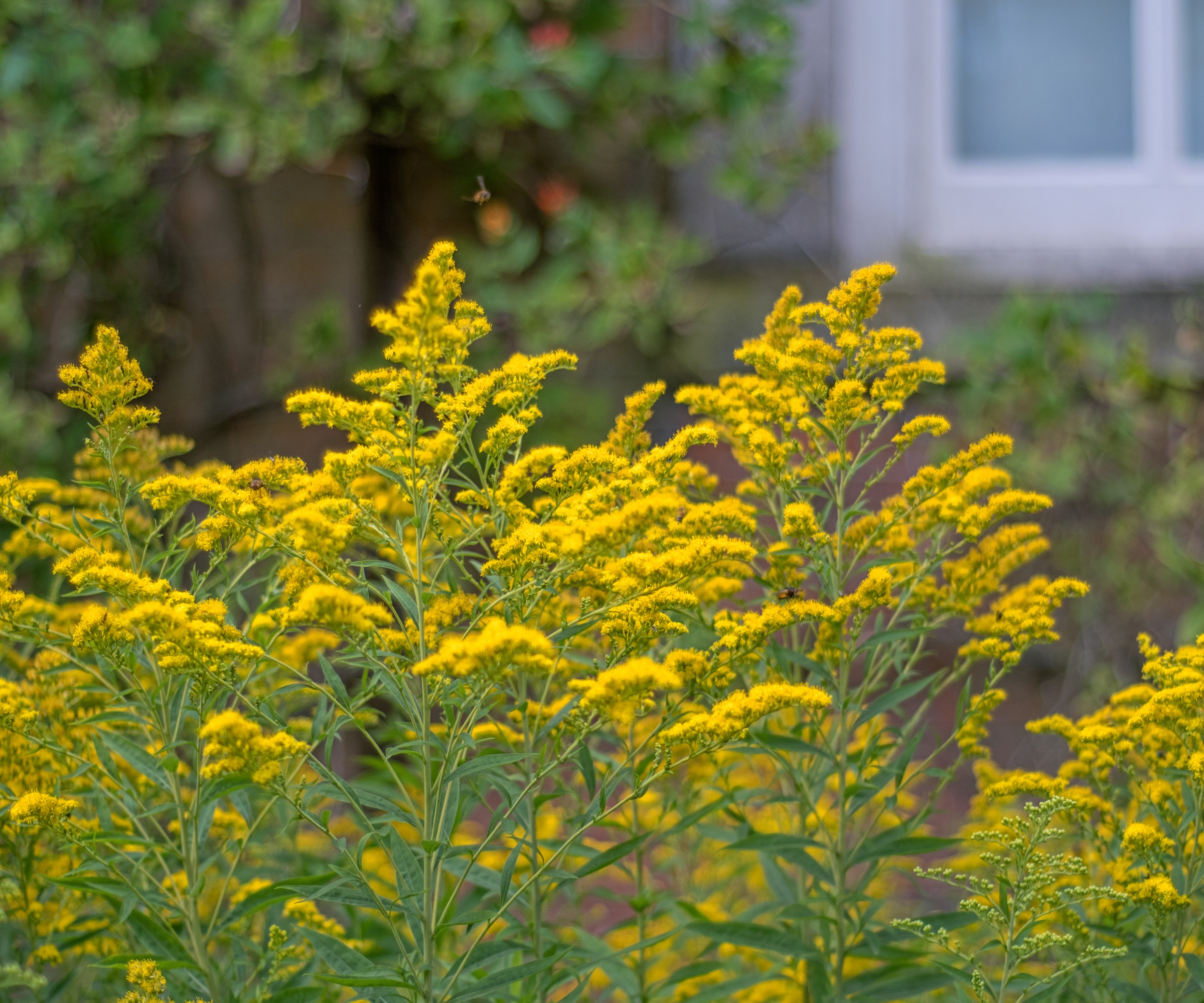
Goldenrod, also known as Solidago, is a striking perennial with an upright habit and can grow up to six feet in height, depending on the variety. The tall and golden flower spikes make spectacular additions to any flower beds, but many varieties may need staking to prevent them from flopping.
An alternative option is to give goldenrod the ‘Chelsea Chop’ in the same way as helenium, pruning up to half of the growth back in May. Pruning in this way will result in more compact flowering stems and a bushier plant.
The blooms may not be at the same height, and appear slightly later, but it may mean neater plants in your flower beds and less need for stakes to stop stems drooping over the soil or lawn.
6. Phlox
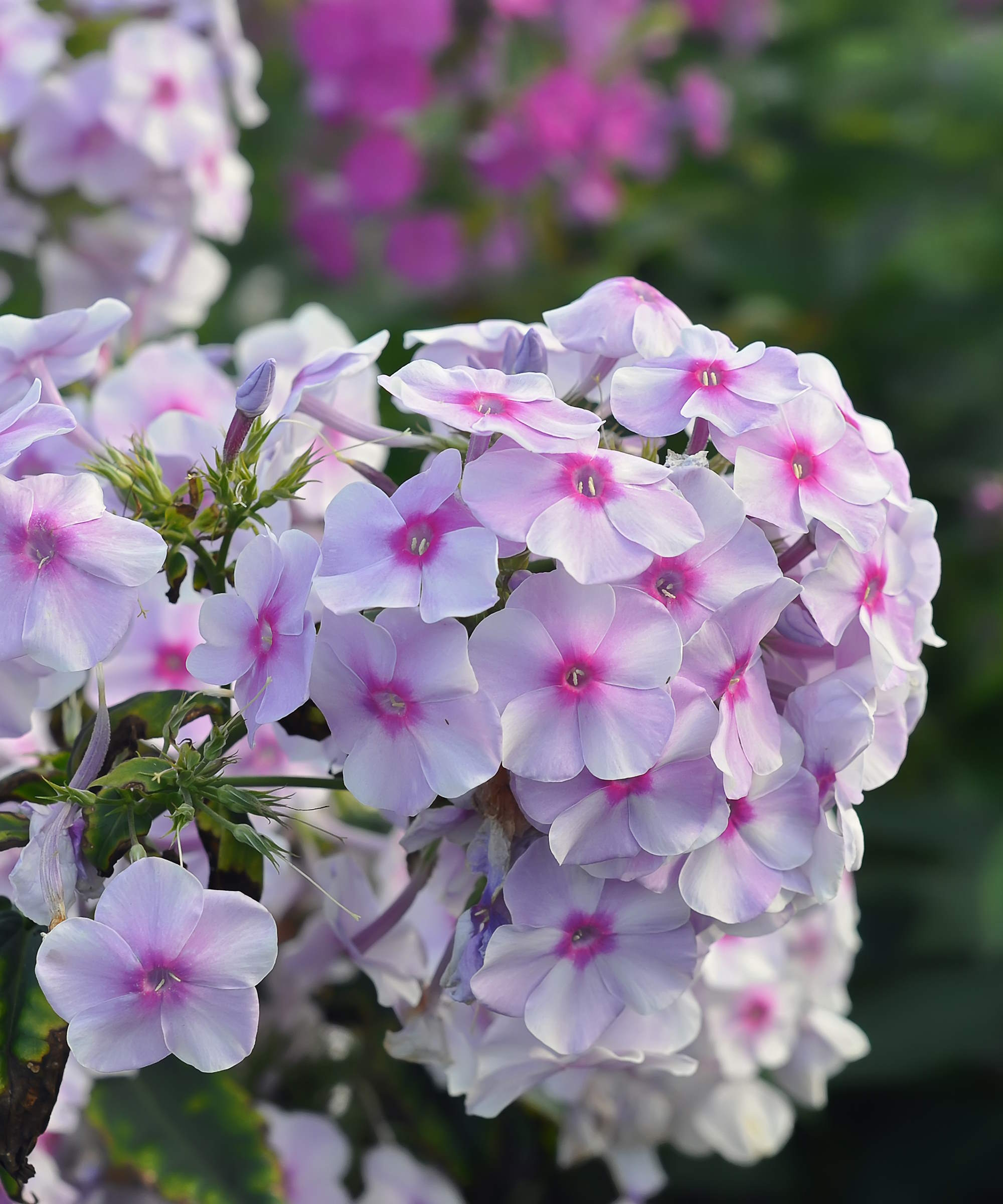
Another candidate for the ‘chop’ in May is this perennial cottage garden favorite, phlox. If you grow phlox, but only the border phloxes and not annual, alpine, or creeping varieties, then pruning them this month will reward you with many more of the sweet, highly fragrant blooms on compact, sturdy plants.
If you have never tried it before, experiment with cutting back phlox. You do not need to do all plants; you can do some, if you have more than one, or even sections of a plant rather than the whole clump, to extend the flowering season far into fall.
7. Tulips
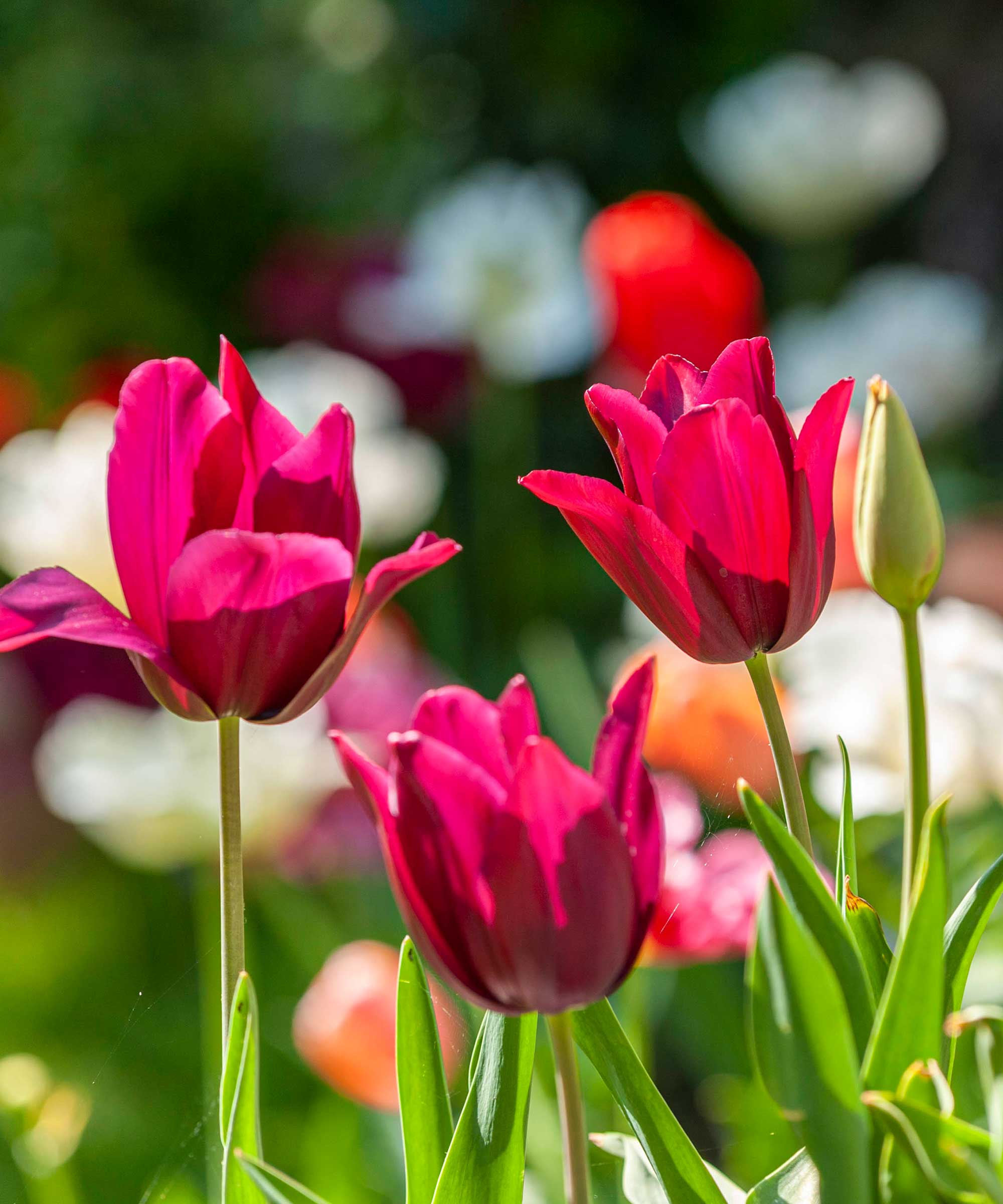
Tulips always put on a fantastic show in spring. If you want to guarantee another season of top flowers, deadheading tulips needs to be on your checklist for May.
It is a simple pruning process that offers real benefits. Pruning the dead flower heads off tulips directs the energy into forming the bulb rather than developing seeds. This helps prepare the bulb to put on the best show next year.
The other reason to deadhead tulips is to reduce the risk of pests and diseases that are attracted to the plants as they decay. It also prevents the spores of tulip fire from getting into the soil and causing issues in future seasons.
Simply pinch out the top inch or two of the stems to remove the flower head. However, do not deadhead if you are growing species tulips that self-seed and naturalize.
Shop pruning tools
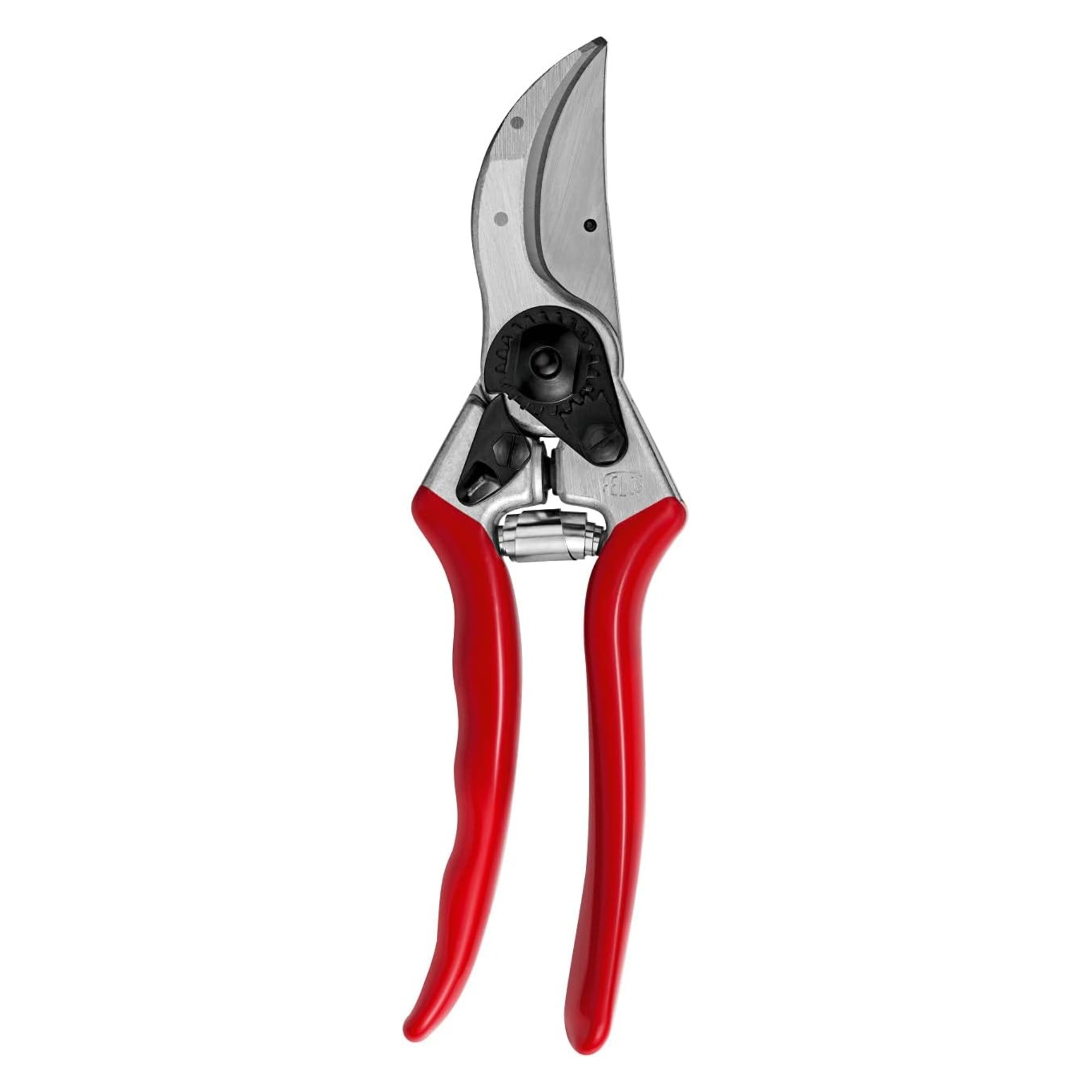
Felco No. 2 pruners are often hailed as one of the best pruners on the market. They have tough, hardened steel blades for cutting through plant material and are comfortable, lightweight, and hard-wearing.
FAQs
Is May too late to prune roses?
May is often too late to prune roses, as they want trimming after the last frosts and before the new buds start to swell in early spring. If you missed this pruning window and your plants are now happily growing, it is best to wait and prune roses after flowering. However, you can remove dead or damaged stems this month.
Several other perennials could have made the list of plants to prune in May, as they are also suitable for the ‘Chelsea chop’. If you have yarrow, asters, rudbeckia, penstemon, nepeta, or sedum in your flower beds, you can cut them back by a third to a half this month for bushier plants and lots of flowers come summer.

Drew has worked as a writer since 2008 and was also a professional gardener for many years. As a trained horticulturist, he worked in prestigious historic gardens, including Hanbury Hall and the world-famous Hidcote Manor Garden. He also spent time as a specialist kitchen gardener at Soho Farmhouse and Netherby Hall, where he grew vegetables, fruit, herbs, and cut flowers for restaurants. Drew has written for numerous print and online publications and is an allotment holder and garden blogger. He is shortlisted for the Digital Gardening Writer of the Year at the 2025 Garden Media Guild Awards.
